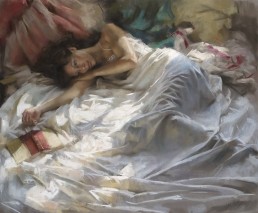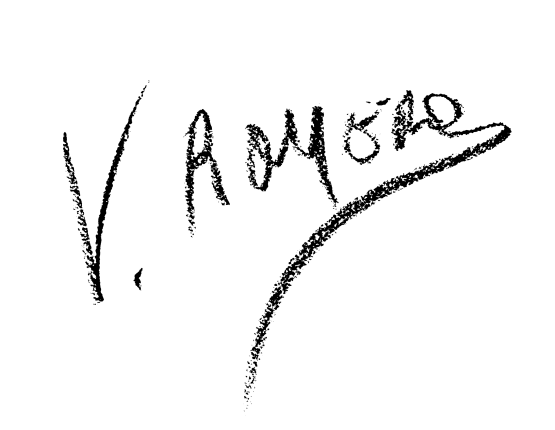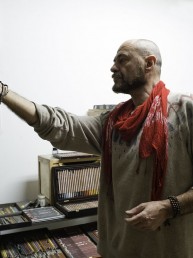〰
About me
I am a Spanish painter born in Madrid in 1956. During this time, it was not unreasonable for a modest family to be able to send their children to university for higher education. This is my case and in 1982 I finished my degree in sculpture at the Faculty of Fine Arts of San Fernando in Madrid. Very soon after, the necessity of survival forced me to paint portraits on the streets of the Spanish peninsular coasts, as well as in Ibiza and Tenerife islands. Those years of semi-nomadic life were moving me away from sculpture, an activity that requires to be living in a fixed location. On the other hand, all those years served me to get familiar with the pastel technique, which I had never used before and in which I have found the medium that best suits my sensitivity. Since 1.987 I settled down on the Costa Brava, a peaceful and radiant place whose great luminosity has deeply transformed my vision of light and color.
From a very early age, I was attracted to the inner world of women, it’s a kind of mystery that makes me feel a great fascination. I don’t believe in art which is too conceptual nor in virtuosity. Art without emotional communication is very respectable but I’m not interested in this. The fact that iconographically my paintings have a marked “retro”or anachronistic flavour, it is not due to a desire to revive old times but to the fact that the functional clothing style imposed since long time ago until now, is not at all attractive to me from a plastic point of view.

Stylistically I consider myself as a very classical painter, my most admired artists are mainly those of the seventeenth century, especially Rembrandt and Velazquez, because I understand that it is the culmination of the way initiated in the Renaissance. Classical Greek sculpture, particularly the pediments of Parthenon of Phidias, other zenith of our artistic tradition, has also deeply marked me. Although I was born in the interior of the country, my life in the Mediterranean has allowed me to be progressively seduced by the explosion of light and colour that stimulates me every day. That’s why I understand that my paintings may often seem impressionistic, nothing could be further from the truth. I assume their influence because they liberated the light and colour of the chiaroscuro’s restreint, but drawing as a support for painting is practically absent in their works, such as Monet. For me, however, drawing, in its various aspects, is the structure on which a painting is built. Other painters, however, badly called impressionists, interest me much more; see Manet, Degas, Cézanne, or Sorolla himself. They never disregarded the drawing.
THE PASTEL
Although I am also using oil as a pictorial medium, the freshness and immediacy of pastel is unmatched. It is the most direct pictorial technique, the only one in which the artist is working with pure pigments. This brings some advantages. First, on wet painting techniques, color is experiencing changes when drying, it may darken, lose brightness or get yellowish. Pastel, on the other hand, being a dry medium, color remains unchanged. Second, pastel gives the artist the freedom to work at his own pace without being forced to adapt to the drying cycles of the medium unlike wet techniques. There is no need for the artist to rush if he wants to paint “alla prima” and no need to wait for the paint to dry. There are no conditioning factors restraining the freedom of the artist to express right away emotions or ideas that arise spontaneously. Finally, the feeling experienced, is only comparable to clay modeling, no additional tools or instruments are necessary, our bare hands and some pastel sticks is all what we need.
Next events


